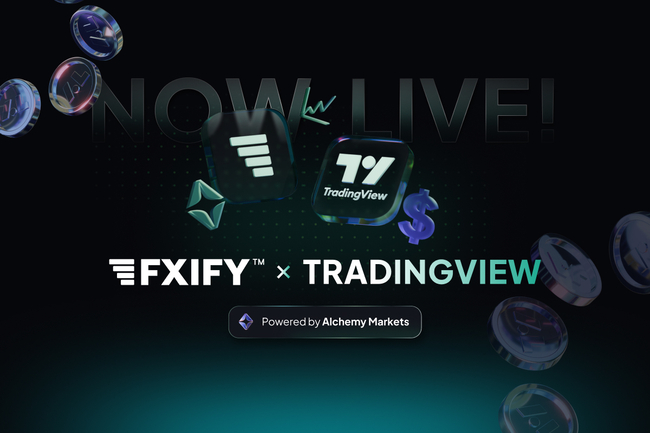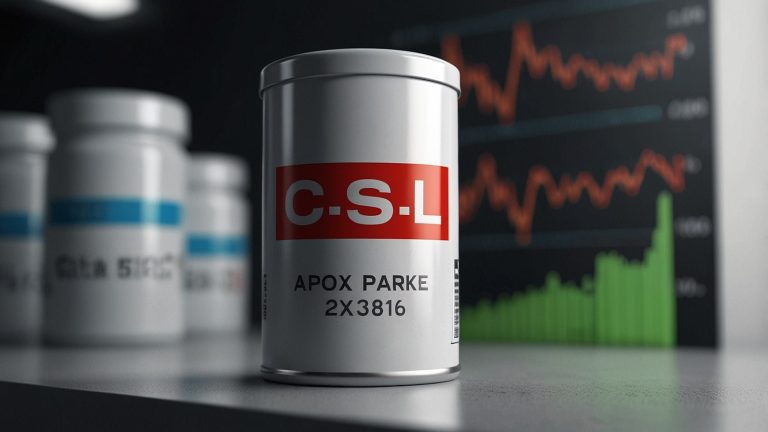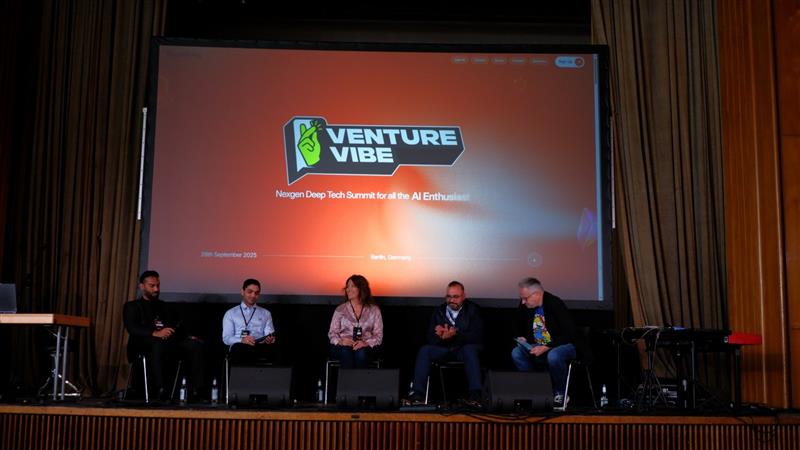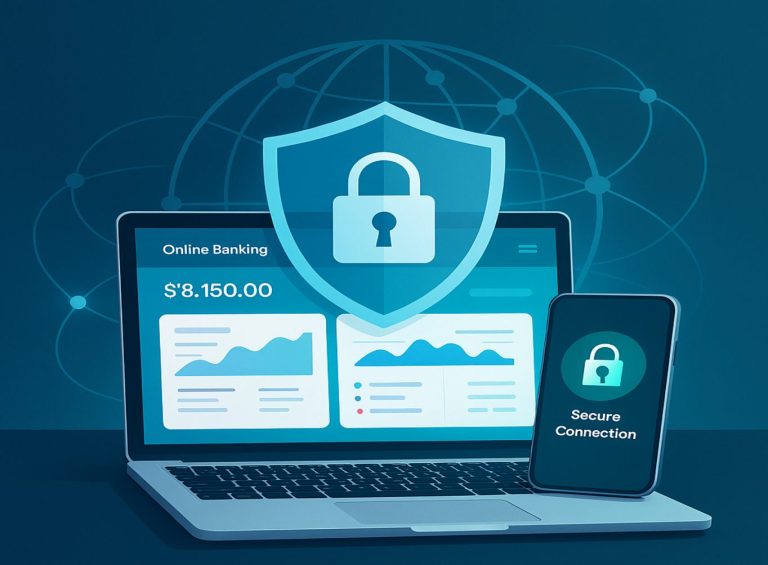The Polkadot ecosystem is buzzing as the community votes on a radical Polkadot-native proposal for pUSD, a native algorithmic stablecoin which is fully backed by DOT tokens, and is rocketing towards possible approval.
The program, announced by Acala co-founder and CTO Bryan Chen only a few days ago, and described in RFC-155, has already received over 75% support in preliminary votes, with over $5.6 million of DOT bet in support.
With the governance referendum underway on the network, the price of DOT is stable at 3.92, rising 1.8 per cent during the past 24 hours due to increased trading volume. This move would potentially become one of the most significant changes to the Polkadot-based DeFi ecosystem, as it would eliminate the liquidity shortage issues that had troubled the sector, as well as the reliance on external stablecoins such as USDT and USDC.
The interoperable layer-0 blockchain Polkadot, which was started by Ethereum co-founder Gavin Wood, has long identified itself as a cross-chain innovation hub. The network still continues to grow with a total value locked (TVL) of more than 250 million and more than 50 parachains online.
The pUSD proposal comes at a pivotal point, after September saw approval of a 2.1 billion DOT hard cap by referendum 1710, which easily passed with 81 per cent. Analysts believe that this move towards stablecoins is the next logical step in the tokenomics restructuring of Polkadot, which could unlock billions of dollars of on-chain economic activity by the end of the year.
Unpacking the pUSD Proposal: A DOT-Backed Path to DeFi Liquidity
In its most basic form, pUSD is a stablecoin in the form of an overcollateralized debt position (CDP), where users can use DOT to secure collateral to mint pUSD at a 1-to-1 ratio to the U.S. dollar.
It would be created on the Honzon protocol stack – tested in the battlefield of the Acala ecosystem – and deployed on the Polkadot Asset Hub, which would ensure interoperability across parachains. Users were able to borrow pUSD without selling their DOT and retain upside exposure, but receive stable liquidity to borrow, trade, and yield farm.
The logic behind this idea by Chen is simple: the native DOT-supported stablecoin is necessary since the people need it; otherwise, we will bleed benefits, liquidity, and security.
The proposal imagines that pUSD is the asset of choice when paying treasury, as a validator, and converting to OpenGov, and over time, the need to rely on centralised stablecoins is removed.
In the long run, it may even replace DOT inflation as a method to stake incentives, providing predictable payments to the validators, and creating a more predictable economic framework.
This is similar to the vision by Wood of a DOT-collateralised stablecoin of September 10, which focuses on self-sufficiency in the ecosystem. Limiting collateral to DOT only prevents the risk of diversification, but poses a special connection to the native token of Polkadot – a two-sided sword that may enhance the utility of DOT at the cost of exposure to volatility.
The details of implementation will include strong risk parameters: Minimum 150% collateralization rates, automatic liquidation on undercollateralized accounts, oracle feeds of trusted sources such as Chainlink.
The Polkadot Treasury would inject liquidity at the beginning, and governance controls would dynamically adjust the fees and caps. With its approval, it might become possible to deploy within weeks, making pUSD one of the foundations of parachain auctions and cross-chain bridges.
Community Vote Heats Up Amid Acala Shadow and Terra Echoes
The live referendum, which has been active since September 29, must have an 80.4% supermajority to be passed. Voting is open until October 6. Because of heavy stakes for the rich and the poor in the ecosystem, as of this morning, 74.62% of respondents are supporting it. Cautious optimism is manifested in social sentiment on such platforms as X.
Posts emphasise the fact that pUSD has the potential to accelerate DeFi TVL, which is already trailing other competitors, such as Ethereum ($50 billion) and Solana (4 billion). One tweet stated, jokingly, that pUSD was not stable; it was Polkadot’s ticket to DeFi hegemony, where we were to avoid the aUSD ghosts.
Yet, controversy simmers. The aUSD disaster in 2022 is highlighted by critics, who note that a $1.3 billion stablecoin imploded in the market due to a US dollar crisis, wiping out users’ funds and eroding credibility. The revival of Honzon has led to demands that it break with Acala and some calls that the Technical Council should directly govern itself.
And with these commitments, I would vote AYE. In their absence, the danger of making the same errors again is too large,” one of the council posted. Others are referring to the UST breakdown at Terra, whereby a DOT-only support might spill over risks in bear markets.
Supporters respond that the experience of aUSD has strengthened the protocol: Enhanced liquidation engines, diversified oracles and circuit breakers make the systemic threat less critical.
Another major Polkadot runtime, hydration, has even suggested an alternative Polkadot-appchain-optimised stablecoin, but the native-focus of pUSD has continued to place it ahead of competitors.
The speech planned by Gavin Wood on October 1 may influence the change of minds of the undecided voters since it is rumoured that he will support the proposal and discuss the safeguards.
Market Reaction: DOT Price Steady as Investors Weigh Risks and Rewards
The day opened with DOT 3.92 up a slight percentage of 0.1 per cent from yesterday, with a close of 3.85, with a 24-hour volume of 180, high with 22 per cent. The token market cap is 5.8 billion, which has placed it among the 15 leading cryptocurrencies.
Technicals are bullish: The 50-day moving average is trending in an upward direction, and the RSI of 52 implies neutral momentum that is in a breakout stage.
Further forecasts on prices in October differ: Optimists look at 4.50 in the event of pUSD passing with more staking demand and DeFi inflows. Pessimists, however, put a lower limit at $3.60 in the event of a vote loss and cite parallels with post-aUSD fallout.
Overall, DOT is doing better than its peers such as Cardano (flat), and Cosmos (down 0.5%), where utility-driven projects are favoured in altcoin rotation. The trading above 62,000 is viewed as tailwaters by Bitcoin, and pUSD hype has been associated with a 20% quarterly gain by analysts.
Institutional interest has increased: Inquiries about DOT-collateralised products doubled, according to exchange data. In case of pUSD launch, it would draw the attention of 500 million TVL initially, according to the model of the ecosystem, competing with Aave Polkadot deployments.
Broader Implications: Reshaping Polkadot’s DeFi and Interoperability Edge
In addition to liquidity, pUSD will be able to drive the Polkadot parachain renaissance. The network is lagging behind its competition with less than $100 million in assets of stablecoins in play today, according to DeFi Llama.
Native stablecoin would simplify cross-chain swaps through XCM, enhance yield protocols on Moonbeam and Astar and permit RWA tokenisation pilots. Visualise tokenised treasuries being paid in pUSD, or NFT marketplaces being ramped to fiat.
This aligns with the roadmap of Polkadot in 2025: a scalability upgrade by JAM (Join-Accumulate Machine) and developing sovereign rollups. The proposal increases network effects, as DOTholders will gain without dilution when the stablecoin mechanics are tied to DOT, as the network grows.
It is a global trend: Chains such as Cosmos and Near are looking into native stables, yet Polkadot governance is a different approach, one that directly empowers the token holders.
Curtains are casting their dark, such as regulatory oversight of algorithmic designs after Terra. However, as an overcollateralized on-chain asset, pUSD will put Polkadot at the centre of a compliant DeFi ecosystem at a time when the U.S and EU are tightening control.
Charting Polkadot’s Future: Will pUSD Ignite the Next Bull Run?
Polkadot is at a crossroads as the clock of the vote runs out. With the approval, DOT may surge to $5 in Q4 and open the unexplored potential of DeFi to the throne of interoperability. The rejection will postpone developments but will trigger improved options, such as the vision of Hydration.
The next big thing in ecosystems: Polkadot Decoded will feature pUSD integrations in October, and parachain auctions will also resume with incentives on stablecoins. To investors, it is a high conviction bet on the infrastructure layer of Web3 – where utility outweighs hype.
Finally, pUSD is not about stability; it is about sovereignty. Polkadot, as Wood frequently tells us, constructs bridges between chains – and now, perhaps, a stalemate below them all. As the community is mobilised, the month of October 2025 will have the potential to redefine the route of DOT.














 Bitcoin
Bitcoin  Ethereum
Ethereum  Tether
Tether  XRP
XRP  USDC
USDC  Lido Staked Ether
Lido Staked Ether  TRON
TRON  Cardano
Cardano  Avalanche
Avalanche  Toncoin
Toncoin  Wrapped SOL
Wrapped SOL